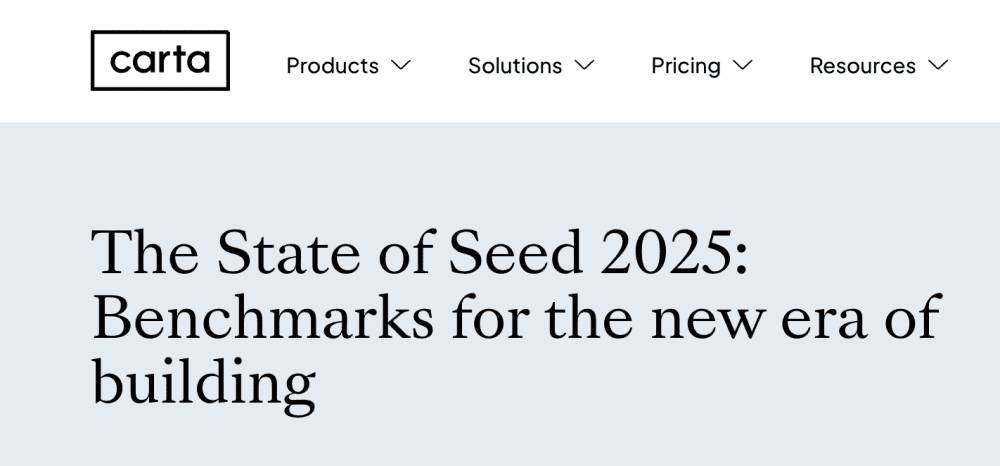T
he commercial real estate (CRE) debt market is undergoing a significant transformation, driven by changes in capital availability, regulatory pressures, and evolving risk-return dynamics. For investors seeking income with downside protection, CRE debt has emerged as an attractive asset class, particularly in a post-pandemic world where traditional fixed-income yields have stagnated.
The "Wall of Debt" refers to the $1.1 trillion in maturing loans in the U.S. CRE market between 2024 and 2025, with $600 billion due in 2024 alone. This liquidity crunch has left many borrowers vulnerable to refinancing in a high-rate environment, creating a funding gap that private credit funds are rapidly filling. Private credit managers offer bespoke terms, longer amortization schedules, and tailored covenants, allowing them to target undervalued assets or borrowers with non-standard risk profiles.
Environmental, Social, and Governance (ESG) factors are becoming increasingly important in CRE debt investing, as they enhance asset performance and regulatory compliance. Climate resilience, energy efficiency retrofits, and digital twin technologies can reduce operational costs while qualifying for green financing discounts. The financial case for ESG is strengthening, with 36% of investors prioritizing projects with both environmental impact and modest financial returns.
The CRE debt market's risk-return profile varies by sector and geography. Industrial real estate continues to outperform, driven by e-commerce and logistics demand, while multifamily properties show resilience despite overbuilding in certain markets. The office sector remains a cautionary tale, but suburban office markets are showing signs of normalization. Retail, particularly grocery-anchored centers, has proven more resilient than traditional malls.
Investors should prioritize sectors and regions with strong fundamentals, leveraging private credit's flexibility to target niche opportunities. Central banks' gradual rate cuts in 2025 could ease refinancing pressures and stabilize valuations, favoring investors with low leverage and diversified portfolios. CRE debt offers a compelling risk-return asymmetry, particularly for those with a high-conviction stance.
To capitalize on this opportunity, investors should allocate to private credit funds specializing in CRE debt, prioritize industrial and multifamily sectors, leverage ESG-linked financing, and diversify across geographies. By adopting a disciplined, risk-aware approach, investors can navigate the evolving CRE landscape while generating income with downside protection.














